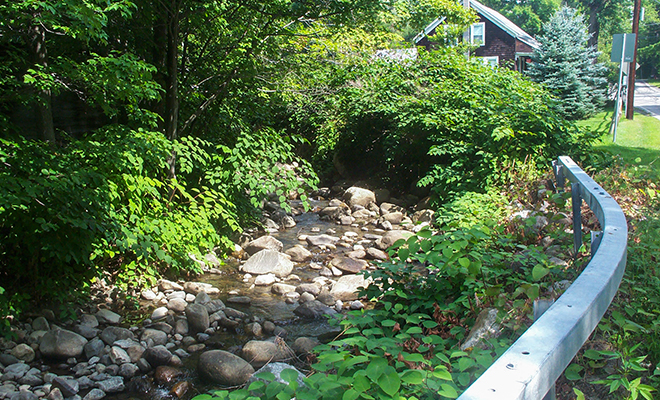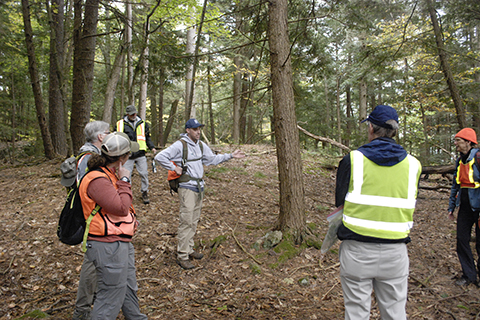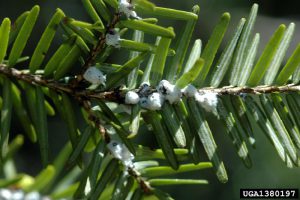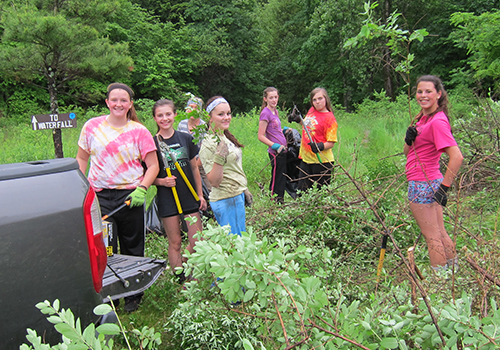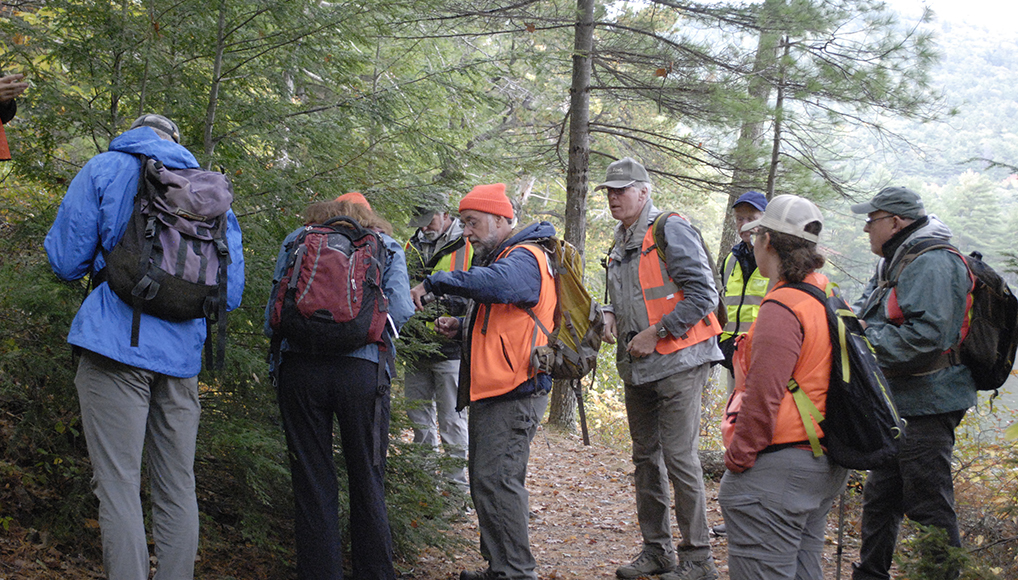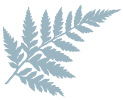Mapping
With special infrared mapping, the LGLC has identified locations of priority hemlocks on LGLC protected lands within the watershed believed to be most at-risk and critical to monitor and protect.
Monitoring
On-the-ground monitoring is the most effective way to detect HWA infestations. Each year LGLC staff and volunteers walk more than 75 miles on LGLC’s protected lands within the watershed to check for signs of HWA.
The first widespread infestation of HWA within the watershed was confirmed in 2020. Following that discovery, the LGLC assisted partner organizations (APIPP, Capital Mohawk PRISM, and DEC) with delineating and treating hemlocks on NYS DEC lands. In addition to assisting with HWA treatment on NYS DEC lands, we have joined partners at The Nature Conservancy (TNC) in treating the 15-acre Dome Island Sanctuary on Lake George.
In 2021, the LGLC joined in a state-wide initiative to engage citizens in efforts to monitor for the invasive HWA. As a result of this Adopt-A-Trailhead program, more than 100 trails were monitored regionally by nearly 400 citizen scientists, all of whom went through training for HWA identification and how to report their findings with iMapInvasives (see below for more info on how to join this effort).
Management
The LGLC’s trained staff have assisted with the treatment of over 30 acres of infested hemlocks on Dome Island, Shelving Rock and Paradise Bay.
In spring of 2023, HWA was found on LGLC’s Clark Hollow Bay property in the Town of Putnam. Under the guidance of the New York State Hemlock Initiative, NYS Regional PRISMs, and forest health professionals, the LGLC developed a strategy for long-term management of HWA at the site. In accordance with the HWA Management Plan for the property, chemical treatment at Clark Hollow Bay began in fall of 2023.
Each year, up to 256 diameter inches can be treated per square acre. As of October 2023, a total of 3,929 diameter inches have been treated with an imidacloprid-based insecticide. Within a year of Imidacloprid-based treatment, trees are protected from HWA for up to seven years of efficacy.
LGLC staff released 2,000 Laricobius nigrinus beetles in early winter, 2023, and Leucotaraxis silver flies in spring of 2024. These releases are part of an effort to establish hemlock woolly adelgid (HWA) biological control (bio-control) on the property, which is part of a long-term management plan.
The goal of using a chemical and bio-control two-prong approach is to provide chemical protection to the trees while the bio-controls have time to build numbers and establish populations large enough to keep the HWA population down through natural predation.
Laricobius beetles are native to the Pacific Northwest, and are specialist predators, feeding exclusively on HWA throughout the fall and winter when HWA is in its adult form. Silver flies are natural predators of HWA on the U.S. west coast. They are released in the spring and feed on HWA during their egg-laying season. Because the Laricobius beetles and silver flies target different HWA life stages, they can more effectively reduce the reproduction of HWA when established together.
Though these bio-controls have been released at other protected lands in the Lake George watershed, this release is the first on LGLC-owned land, and the site is the northern most known HWA infestation. The LGLC will continue working with the NY Hemlock Initiative to monitor and manage the site. Visit the Hemlock Initiative’s site for more information about their research.

